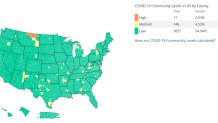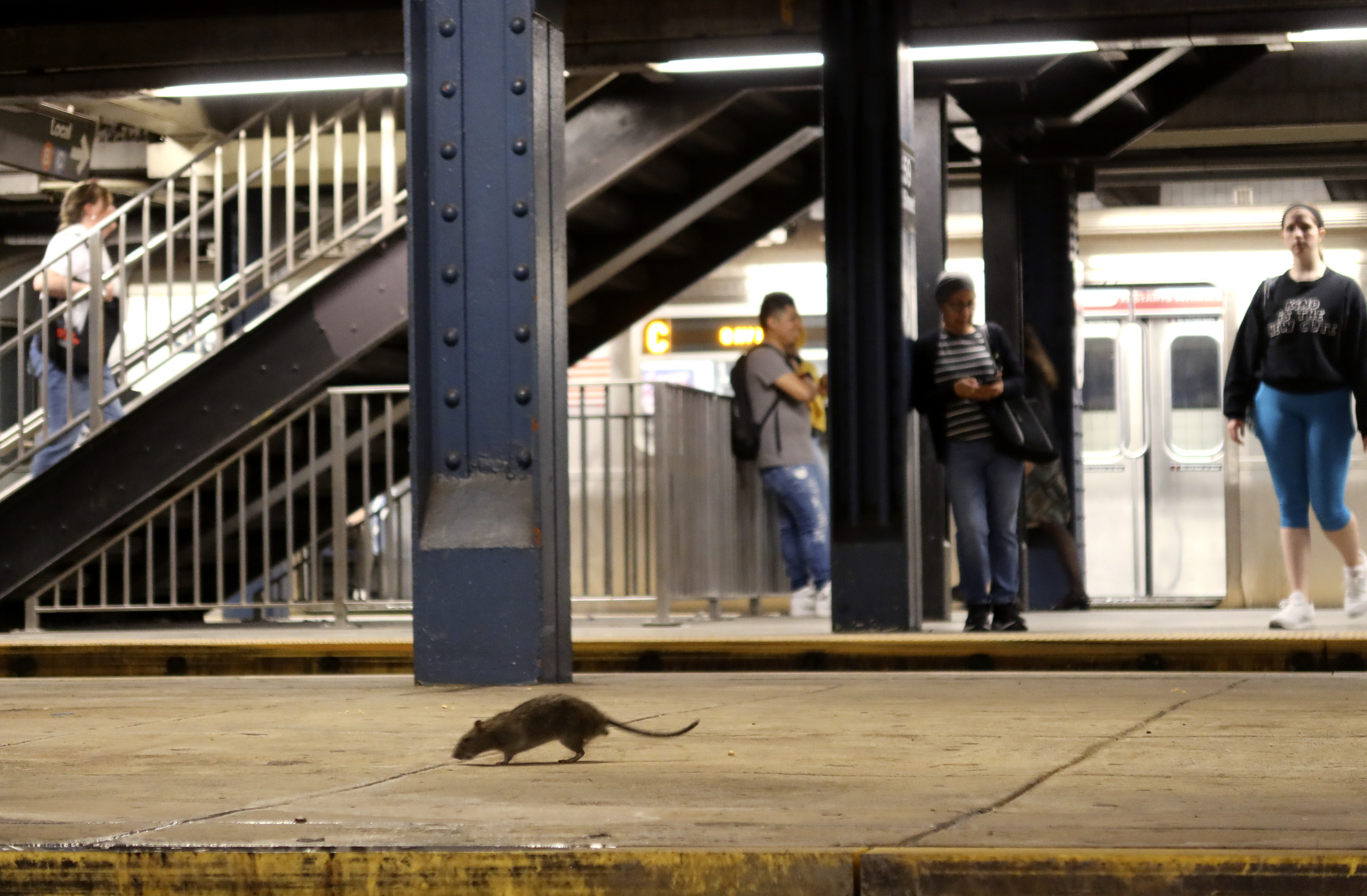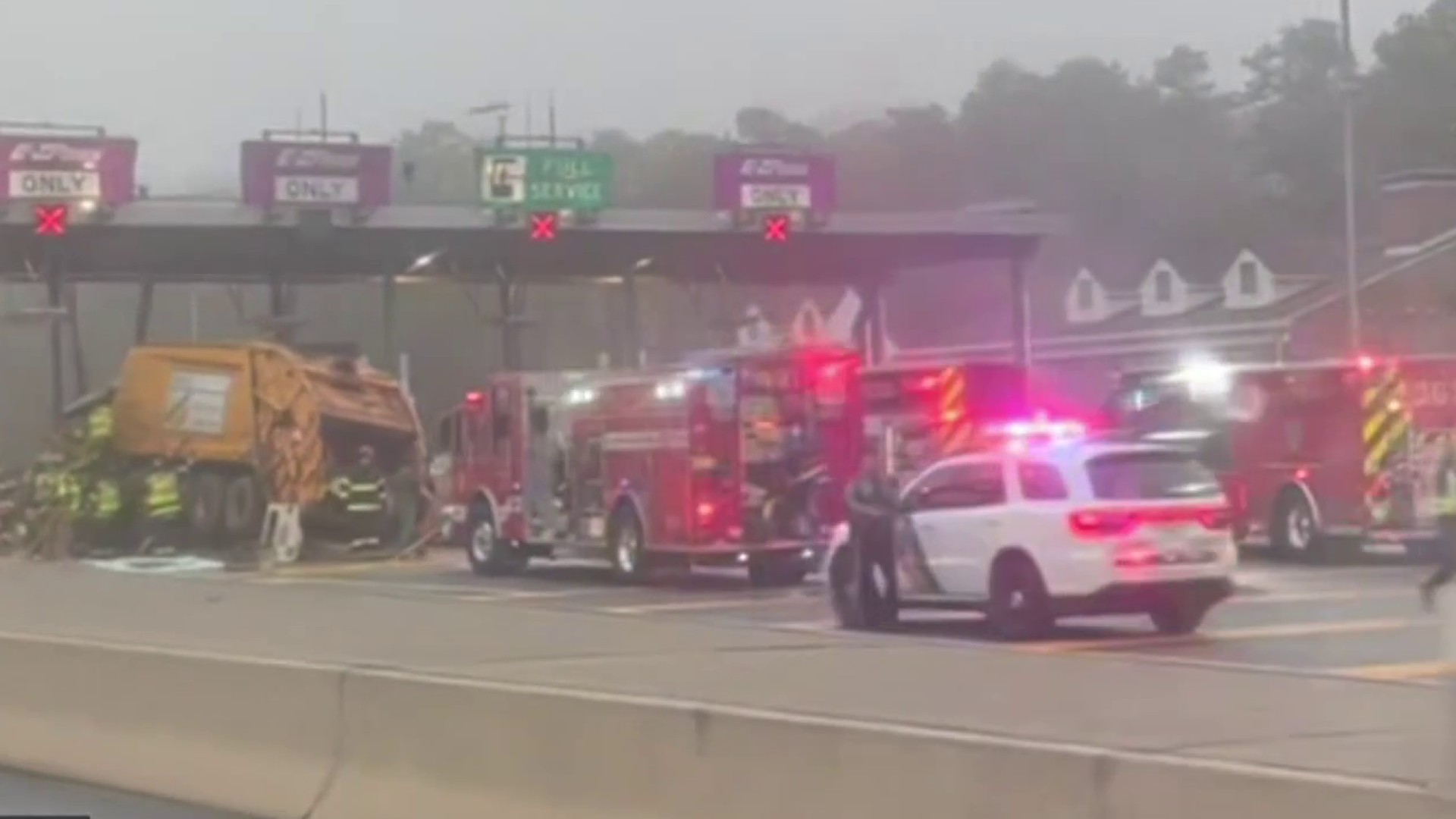What to Know
- According to the CDC, omicron variant, BA.2, now accounts for 84% of COVID circulating in the New York area right now, up from 39% two weeks ago. It's also now the dominant U.S. strain (72.2%)
- New York City's daily case average, meanwhile, is up 39% over the rolling average for the prior four weeks, but COVID hospitalizations and deaths remain on a steady decline as the recovery continues
- Still, the latest case increases are a fraction of what they were during omicron's ascendance and peak in January, which is why officials urge context when assessing the numbers; testing is also slightly up again
The so-called "stealth" omicron variant BA.2, which is fueling a fresh COVID case uptick locally, nationally and abroad, now accounts for 84% of virus circulating in the New York region, a significantly higher prevalence than its national share and a marked increase in the last week, according to new CDC data released Tuesday.
For the New York area, which for CDC purposes includes New Jersey, Puerto Rico and the Virgin Islands along with the Empire State, that 84% number is up from 71% last week and 52% the week before that. It represents only positive COVID samples that are genetically sequenced to isolate variants, which means the actual prevalence is likely to be considerably higher, experts have said.
New York, for example, has sequenced about 3% of all positive samples submitted to labs over the course of the pandemic, CDC data shows. That's a lower percentage than the share among some of the highest-volume case states throughout the pandemic like California (5.18%) but higher than Florida (2.37%).
Get Tri-state area news and weather forecasts to your inbox. Sign up for NBC New York newsletters.
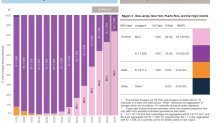
In New York City, 14% of all positive samples were genomically sequenced in the latest week of data, continuing an upward trend in that regard. It's not clear from the city's health department data page how many have been sequenced cumulatively.
News
The state also intensely stepped up its variant surveillance efforts before the omicron wave started late last year. New York's breakthrough case rates have seen an uptick in recent weeks, but it's not clear what (or whats) is responsible.
The increase could reflect waning vaccine efficacy among some who have yet to be boosted or another cause. Most importantly, the age-adjusted vaccine effectiveness rate in terms of new hospitalizations hasn't shifted in a statistically significant way.
New cases and new hospitalizations with laboratory-confirmed COVID-19 among fully vaccinated and unvaccinated adults, and estimated vaccine effectiveness, age 18 years or older.
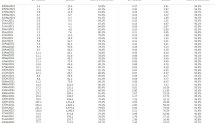
Nationally, less than a half percent of America's nearly 80 million COVID cases to date have been genomically sequenced and made publicly available, CDC data shows, which likely reflects the exhaustive process that work entails.
As of Tuesday's update, BA.2 is 72.2% of all national positive COVID samples genomically sequenced in the latest two-week data period, up from 55% in the CDC's prior weekly update and from 35% in the one before that.
BA.2 is said to be inherently more transmissible than the original omicron strain -- perhaps the most contagious form of the virus to date, according to a WHO official -- but has not been scientifically linked to more severe cases or proven to be more vaccine-resistant to this point, which is cause for caution but no alarm, experts say.
Anecdotally, reported symptoms are often exceptionally mild -- like those common with an innocuous cold that wouldn't otherwise lay people out. In the case of BA.2, though, positive tests could last for days, complicating matters for a city -- and a country -- fervently trying to reassert its footing amid the pandemic recovery effort.
New York City's health department has yet to isolate BA.2 from the original strain on its variant tracker page, with Department of Health data indicating omicron still accounts for 100% of tested cases as of Tuesday. Officials recognize the subvariant in text, writing, "Omicron remains the dominant variant in NYC, and its BA.2 subvariant accounts for a modest but increasing number of cases in the city."
Notably, the strain's dominance comes at a time when New York City is testing for variants at an all-time high, isolating strains in about 14% of positive samples weekly. That's up from 12% last week and at its highest average so far this year, mirroring increasing trends in overall testing, health department data show.
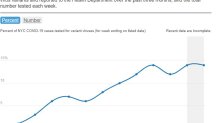
The five boroughs' daily case average, meanwhile, is up 39% over the rolling average for the prior four weeks, but reflects only an increase of 391 total cases in terms of raw numbers. COVID hospitalizations and deaths remain on the decline.
Those rolling metrics have dropped by 39% and 50% compared with the averages for the previous four weeks, and while hospitalizations and deaths are known lagging factors, officials say they don't expect any new severe case surge.
Why not? Well, the latest case highs are markedly below what they were just two months ago, for one. The city's rolling case average of 1,391 positives is up from 1,143 positives last week but down 75% from the 5,503 average reported on January 26.
Manhattan has seen the highest transmission jumps in recent weeks, with Battery Park City leading the list of top neighborhoods in terms of rolling percent positivity and the borough accounting for 80% of the top 10 in that regard.
Again, the raw data tells a more complete picture. In the Battery Park City ZIP code with the city's highest rolling positivity rate right now, it's a 24-case increase.
NYC Rolling Percent Positivity by ZIP Code

Ultimately, officials say BA.2's dominance was expected and it's expected that some other COVID variant will take its turn, too. That doesn't necessarily exacerbate community risk. In the city, the alert level is still "low." It doesn't get any lower.
Nationally, just 17 of America's more than 3,200 counties are considered "high" risk by the CDC, based on its recently debuted community level threat tracker. Nearly 95% of U.S. counties, including all five in New York City and the entire states of neighboring New Jersey and Connecticut, are considered low risk as well.
